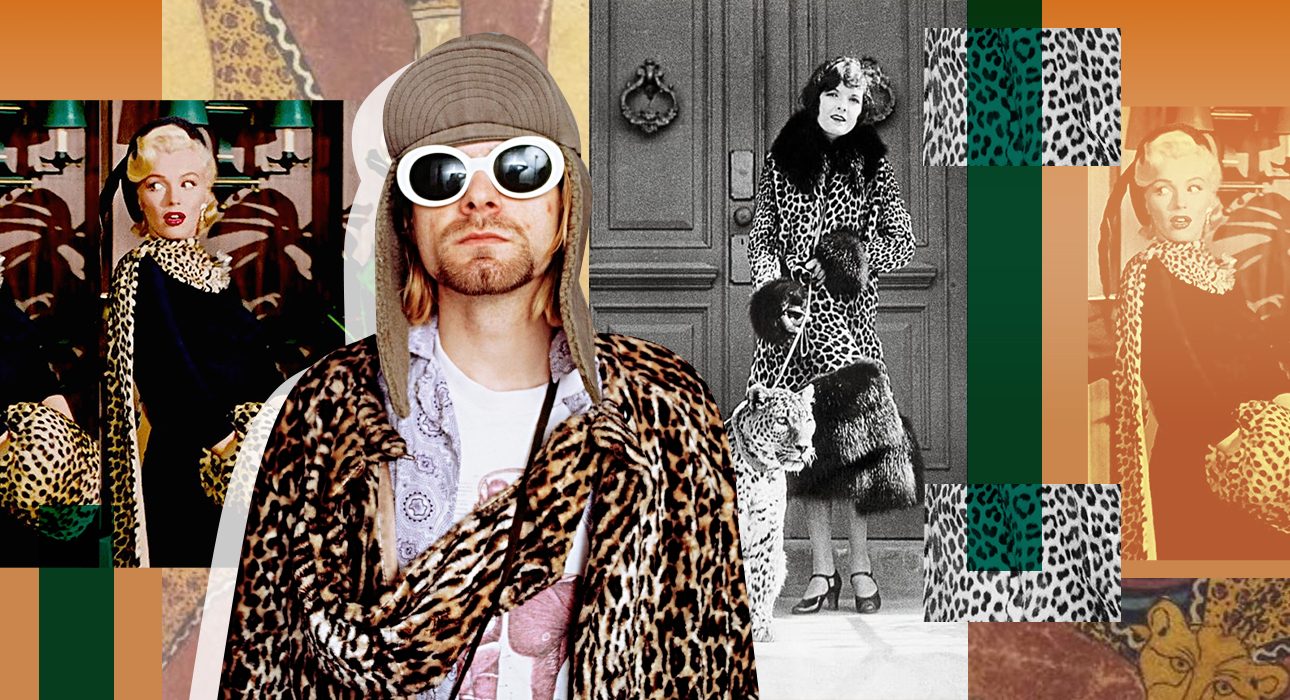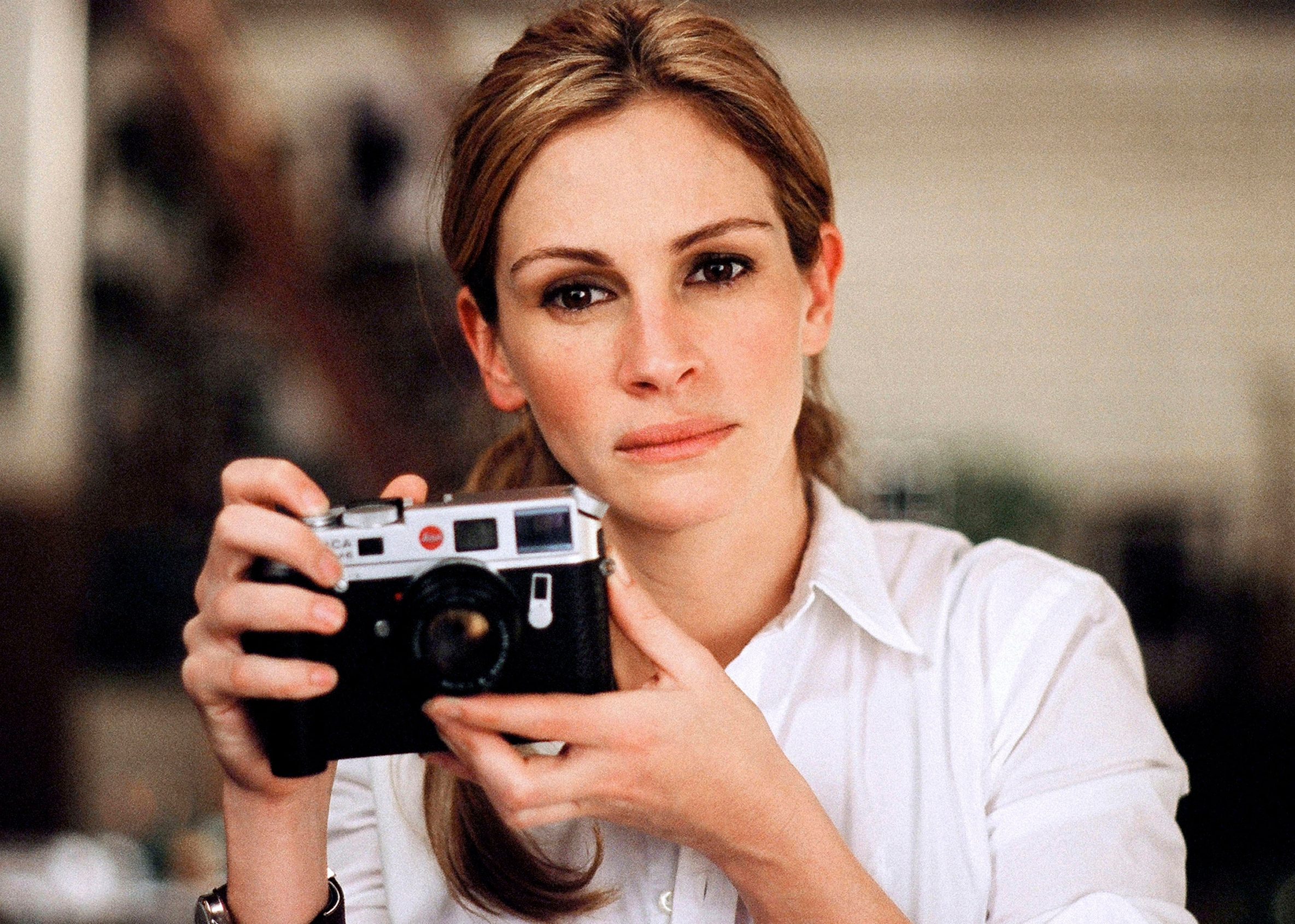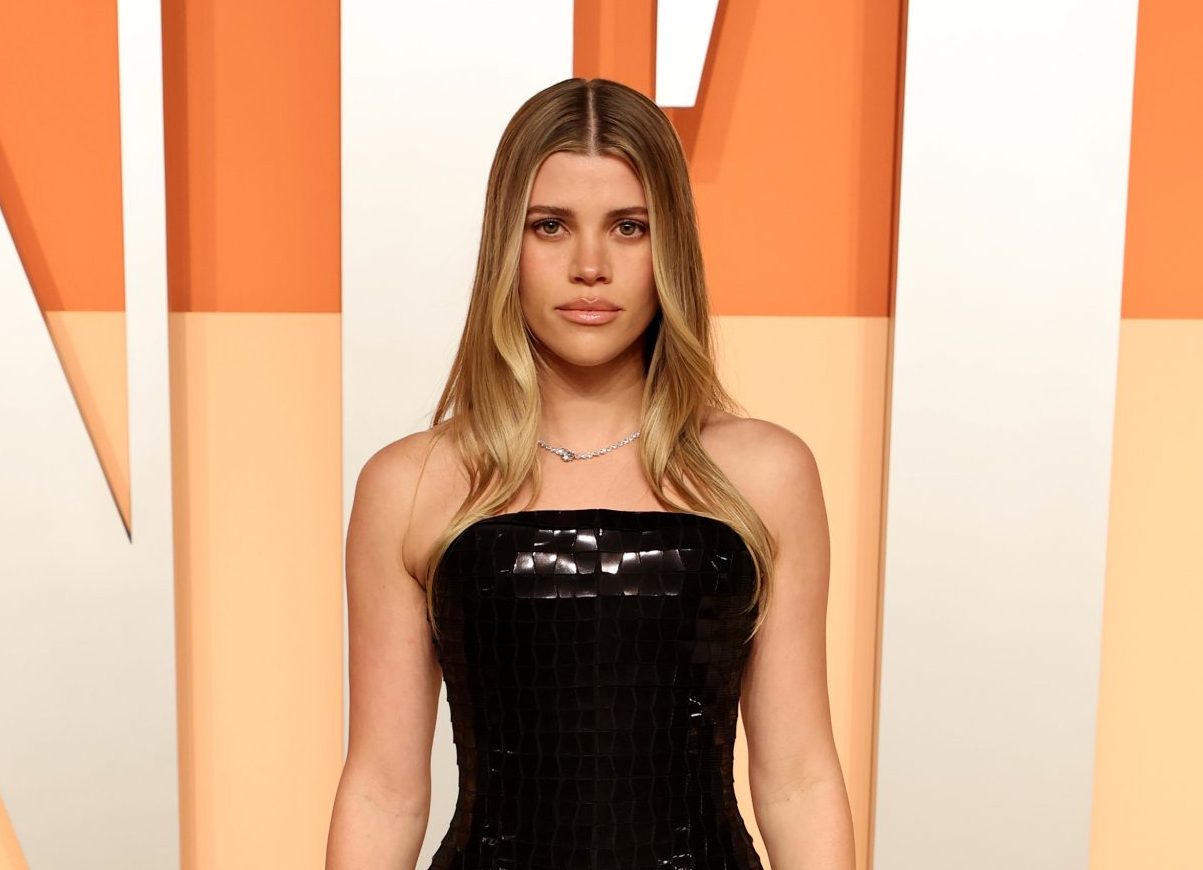Animal prints are now everywhere: on the catwalk, in social media feeds, on the pages of glossy magazines and on the streets of big cities. Street style heroes and fashion influencers have almost officially declared their hunt for “tiger” dresses, “zebra” tops and “cow” print trousers. This passion for the animal kingdom has also been supported by the design studio. Creative directors of fashion houses are adding snakeskin jackets, like Nicolas Cage’s in “Wild at Heart”, and leopard fur coats, like Samantha Jones’s in “Sex and the City”, to their collections.
The last print has a special place in fashion history, as it has always attracted special attention from both industry representatives and the public. Some called the leopard vulgar, others noble. Some said that this print had long gone out of fashion, while others, as if without malice, returned it to the ranks of trends. Some argued that this pattern sexualizes women, while others argued that it shows their strength. The paradox here is that it is precisely this inconsistency that equates the leopard with a classic that will always be relevant.
Today we invite you to learn a little more about the famous and arguably sexiest print and immerse yourself in its history. We talk about how the leopard took over the industry and why it is much better than its reputation.
Long time ago
When: From Antiquity to the Age of Enlightenment
-
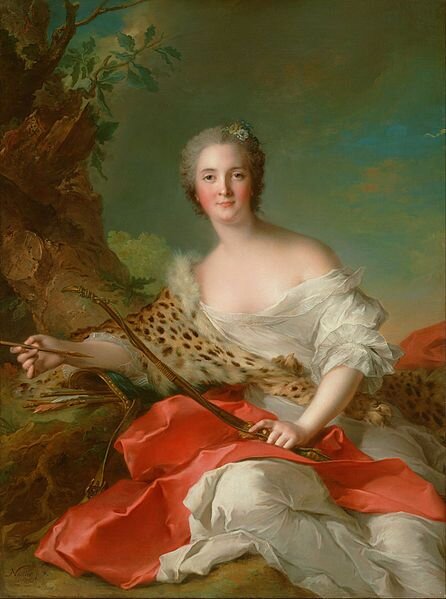
Portrait of Constance Gabrielle Magdalene Bonniere de la Mausson. 1742 -
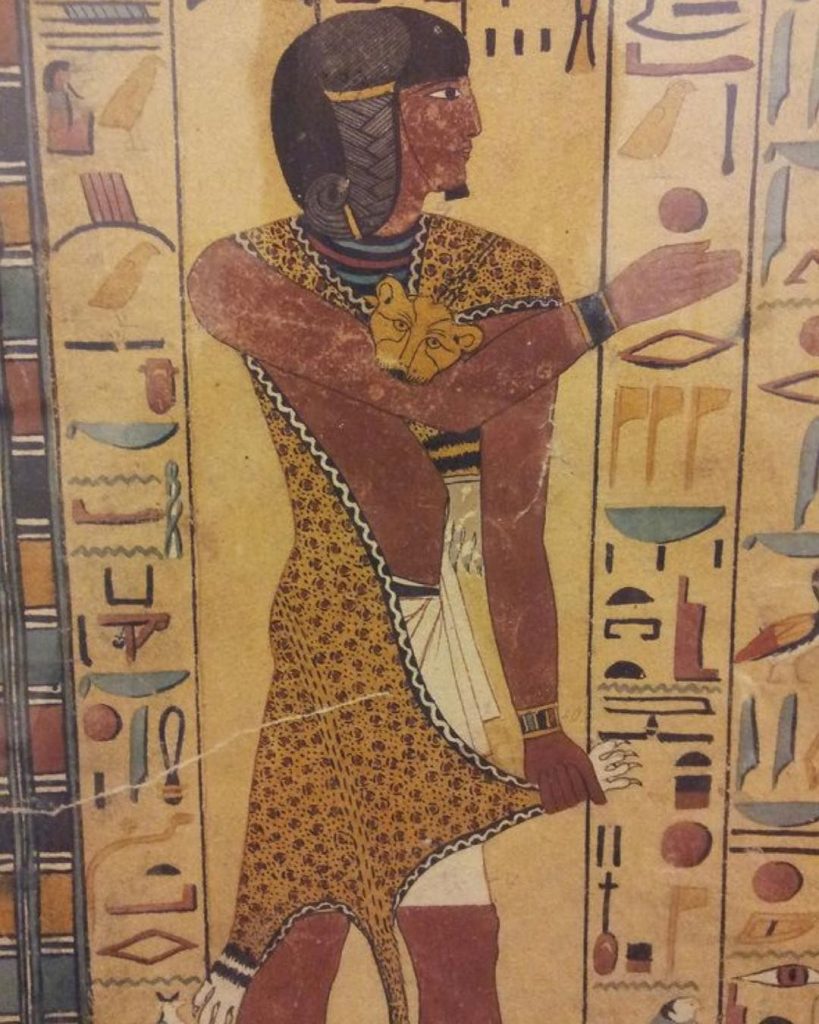
Leopard skin cloak in ancient Egypt -
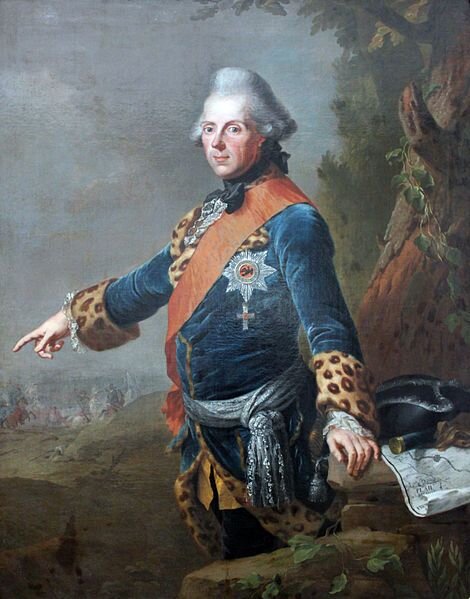
Portrait of Prince Henry of Prussia, 1769
In ancient times, the skins of animals (especially predators) were considered symbols of power, wealth and strength. Clothing made of real leopard (mostly cloaks) was worn by Egyptian pharaohs and members of the upper class. In the Middle Ages and the Renaissance, the predatory animal became the embodiment of power, nobility and cruelty. Leopards appeared on tapestries, prints and canvases. However, the nobility avoided such bold patterns. The leopard print came into fashion again in the Baroque and Rococo eras. At that time, representatives of the upper class added leopard cuffs, collars, capes and even muffs to their appearance. It is worth noting that at that time there was no hint of the vulgarity of such a print.
A long time ago
When: early 20th century
-
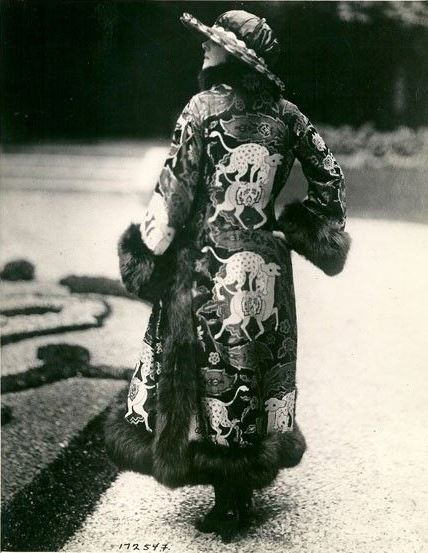
Print “The Leopard Attacking the Stag” by Paul Poiret -
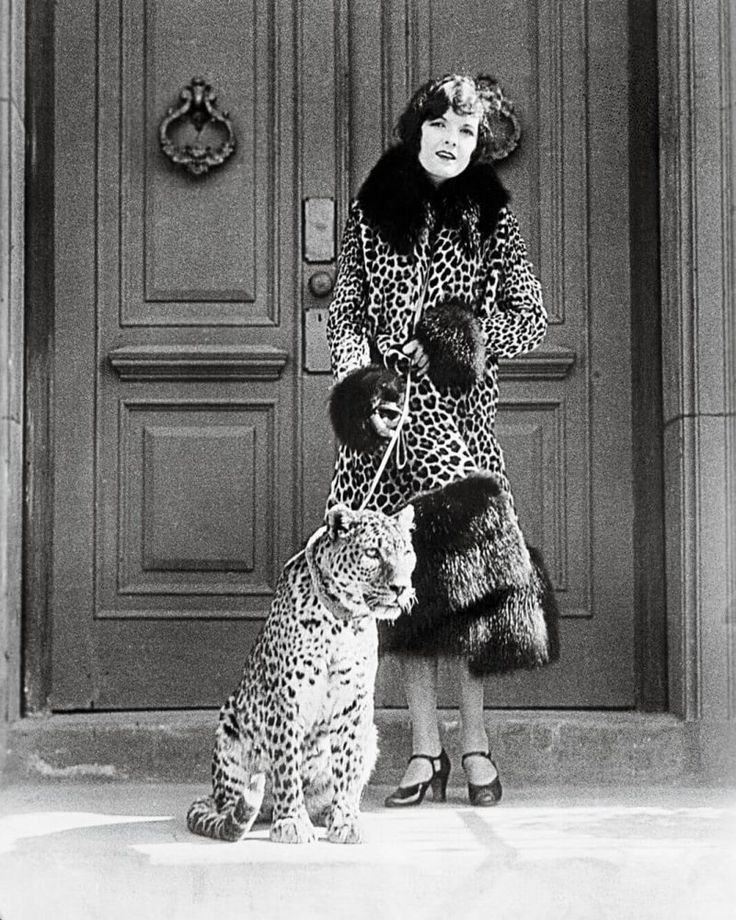
Marian Nixon. Photo: archive -
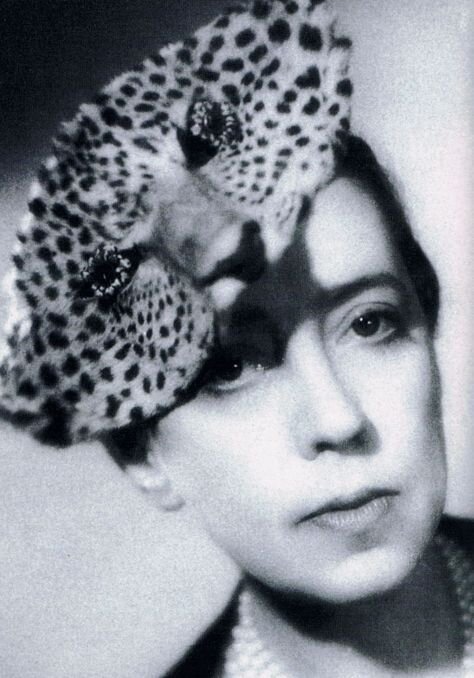
Elsa Schiaparelli. Photo: archive
At the beginning of the 20th century, the leopard returned to the fashion scene. This was influenced by the then-chief designer Paul Poiret, who introduced the “Leopard Attacking a Deer” print. Around the same time, in 1925, American actress Marian Nixon went for a walk in a magnificent leopard fur coat and a real leopard on a leash. It is not surprising that this caused a great stir and drew attention to the “predatory” print. Ten years later, fashion surrealist Elsa Schiaparelli began experimenting and suggested that girls wear a hat made of a leopard’s head (yes, it was a real stuffed animal). Soon after, the designer created another fur coat and ankle boots, which she wore with pleasure.
-
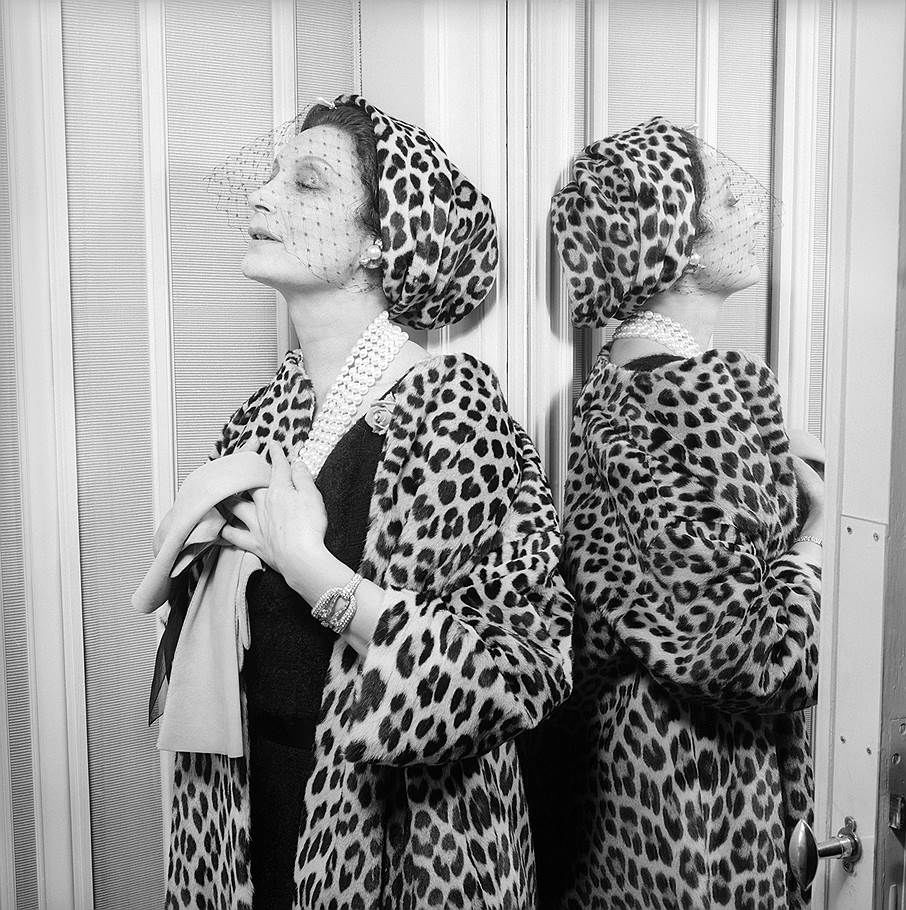
Mitza Bricard. Photo: archive -
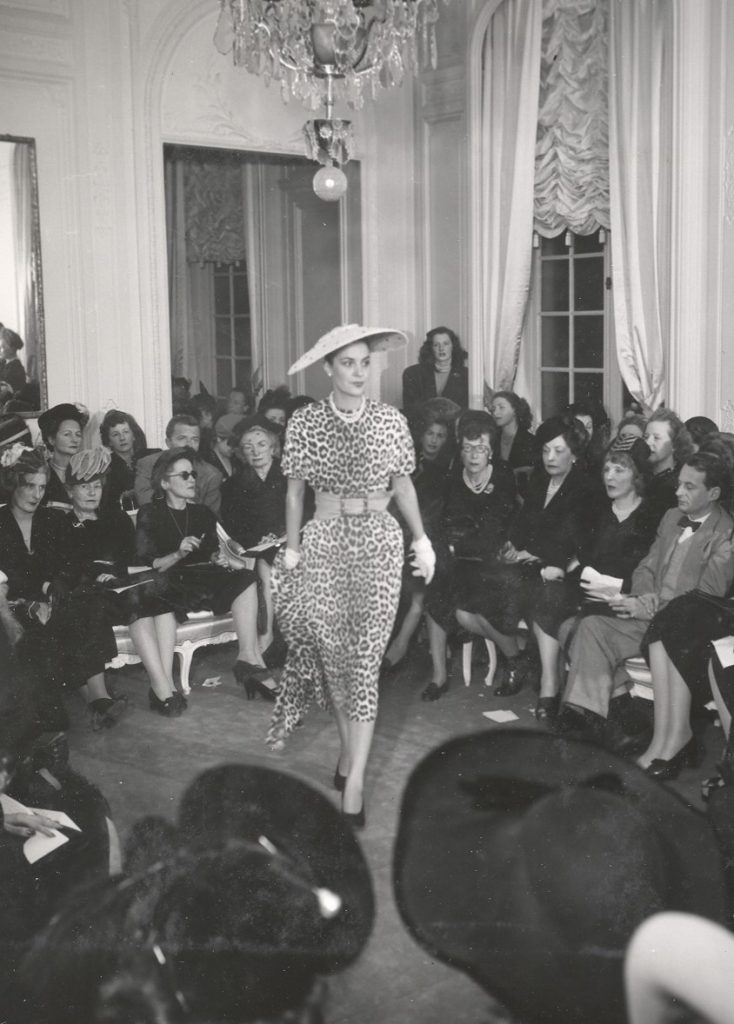
Christian Dior 1947 Collection -
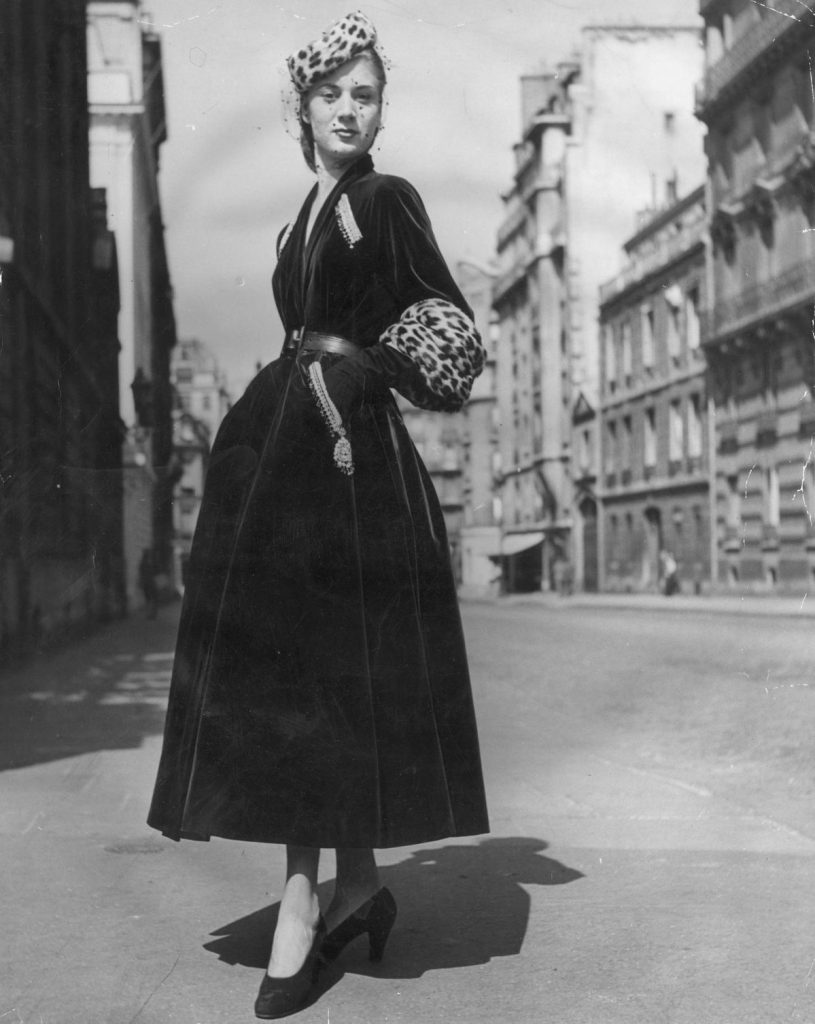
Christian Dior 1947 Collection
But the print reached its peak of popularity only in 1947, when Christian Dior showed his new collection in the boutique on Avenue Montaigne 30. Then a model appeared on the catwalk in a black dress with leopard-print cuffs and a miniature hat. By the way, the designer decided to make such a bold move thanks to his muse and right-hand woman Mitze Bricard. It is worth adding that in the post-war period, “predatory” patterns were considered something provocative and shocking, so this image was really unusual. However, the public received it positively.
-
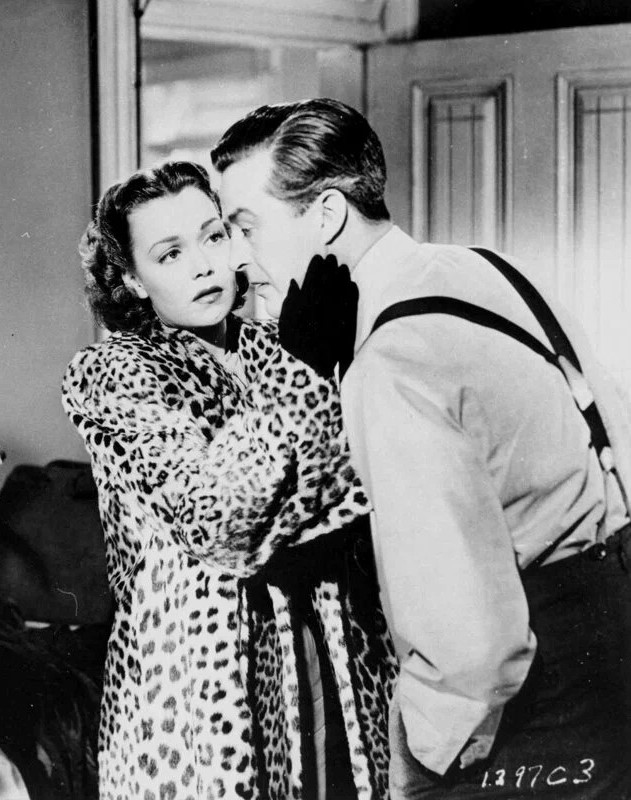
A scene from the movie “The Lost Weekend” -
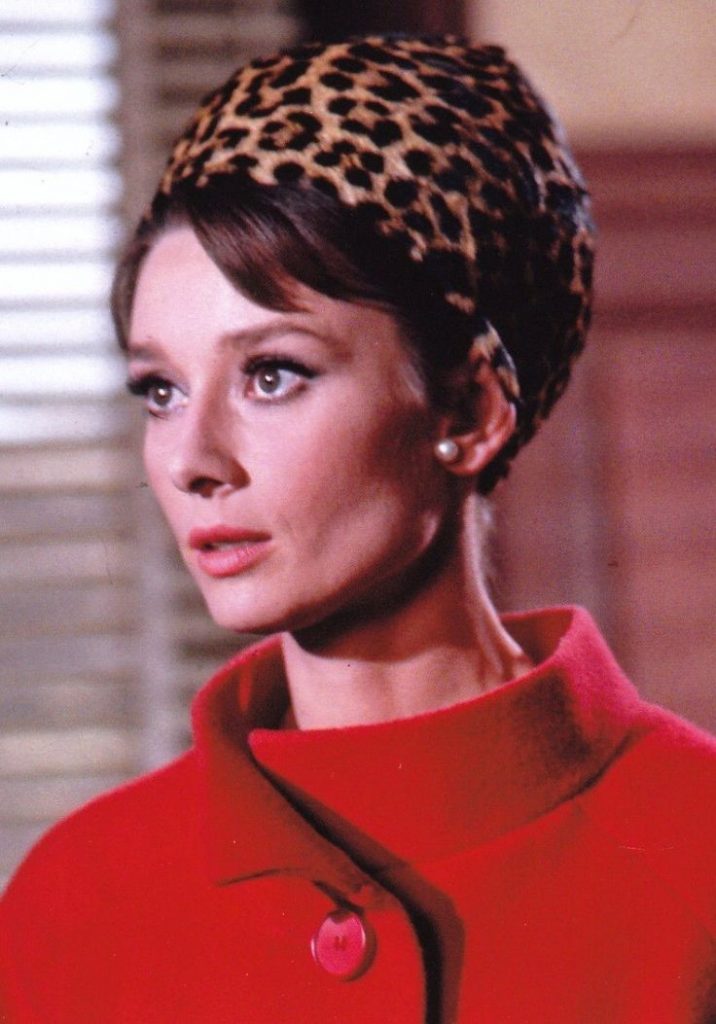
A still from the movie “Charade” -
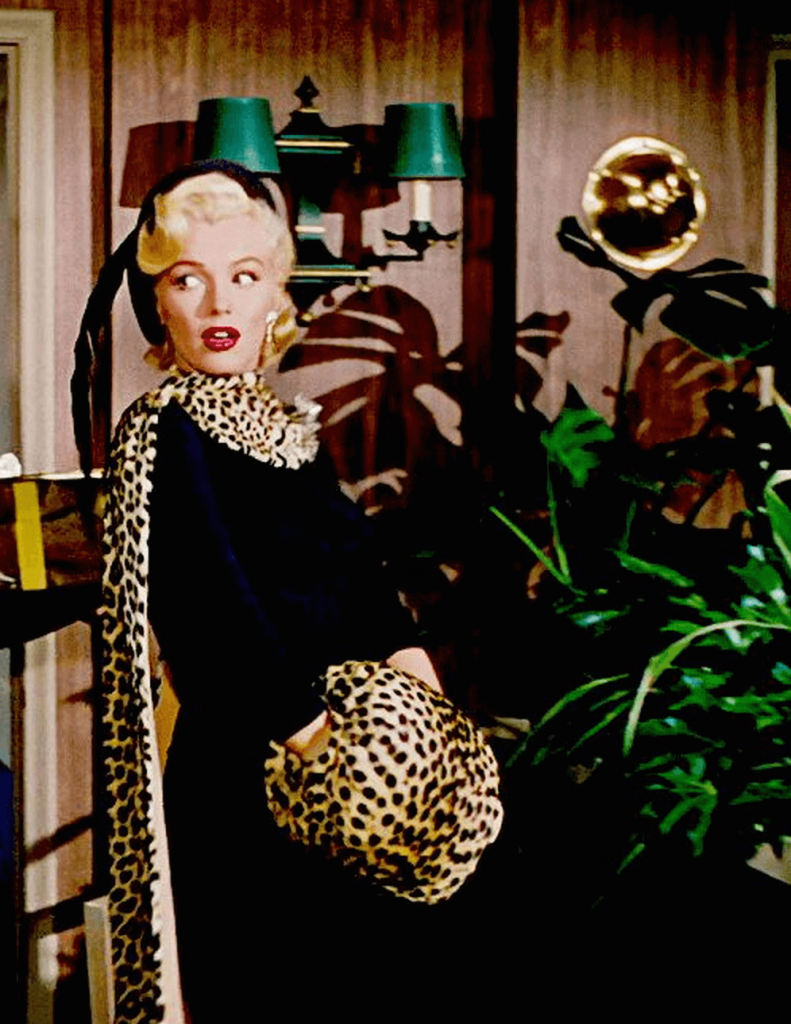
A still from the movie “Men Prefer Blondes”
Meanwhile, leopard print was considered an extraordinary luxury until the mid-20th century. In the 1950s, technology emerged that allowed prints and designs to be printed onto fabric, and leopard became mainstream. At the same time, Hollywood film costume designers also took notice of the animal print. Jane Wyman in The Lost Weekend, Veronica Lake in Saigon, and Shelley Winters in Cry of the City all wore leopard print looks. Let’s not forget Marilyn Monroe in the cult film Men Prefer Blondes and Audrey Hepburn in Charade.
Lately
When: Second half of the 20th century
-
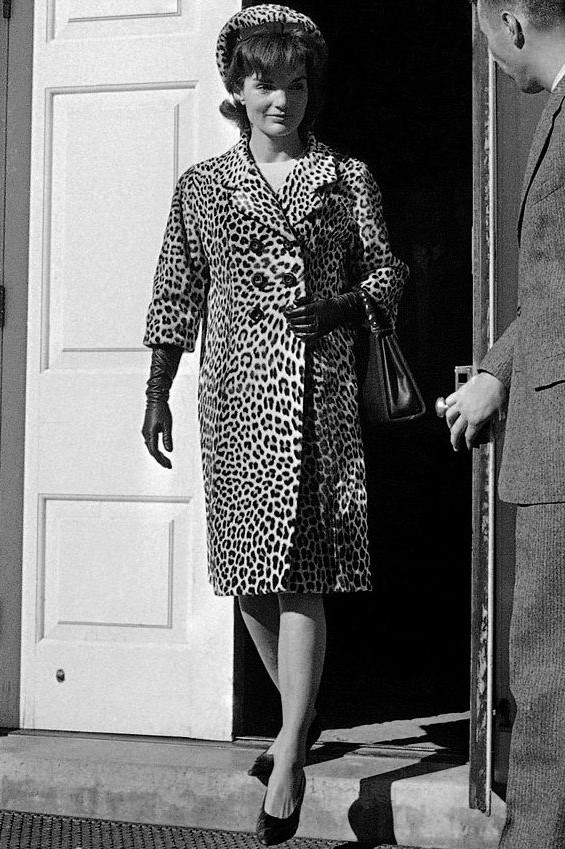
Jacqueline Kennedy. Photo: Getty Images -
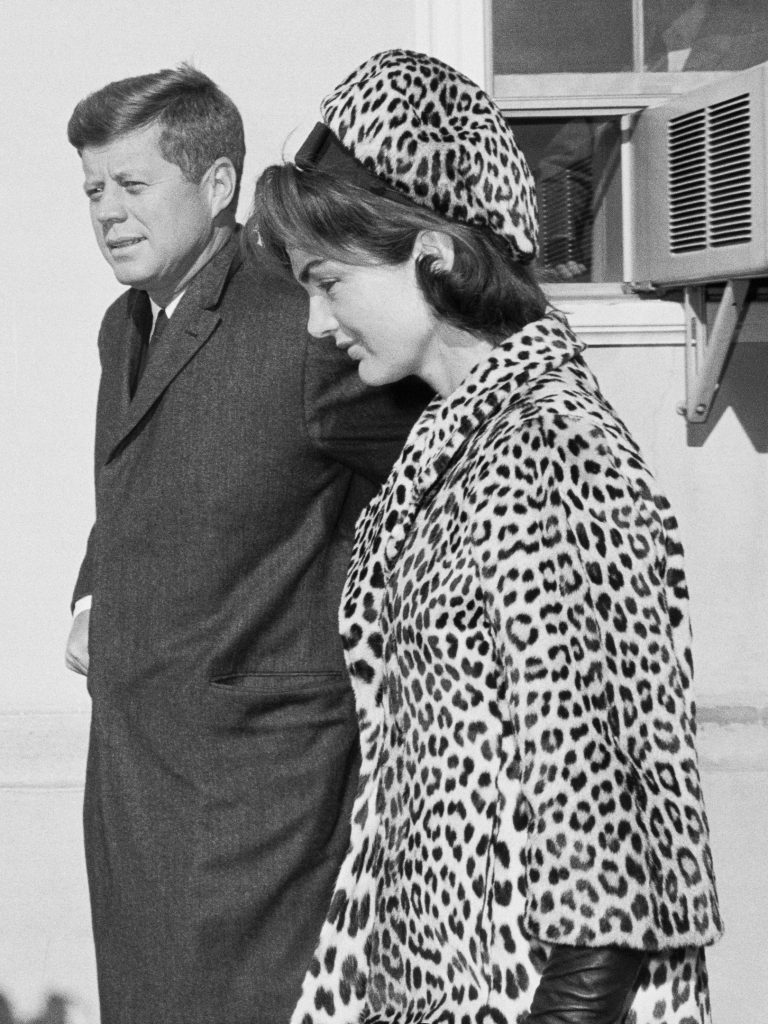
Jacqueline Kennedy. Photo: Getty Images
In the 1960s, Jacqueline Kennedy drew attention to the leopard print. The First Lady ordered a leopard fur coat from Russian-American designer Oleg Cassini. After Jackie came up with this look, the demand for such fur coats increased several times. Socialite ladies came to Cassini and asked them to do the same. As a result, about 250 thousand people had to be killed for fur coats. Later, Jacqueline Kennedy said that she regretted choosing this print.
-
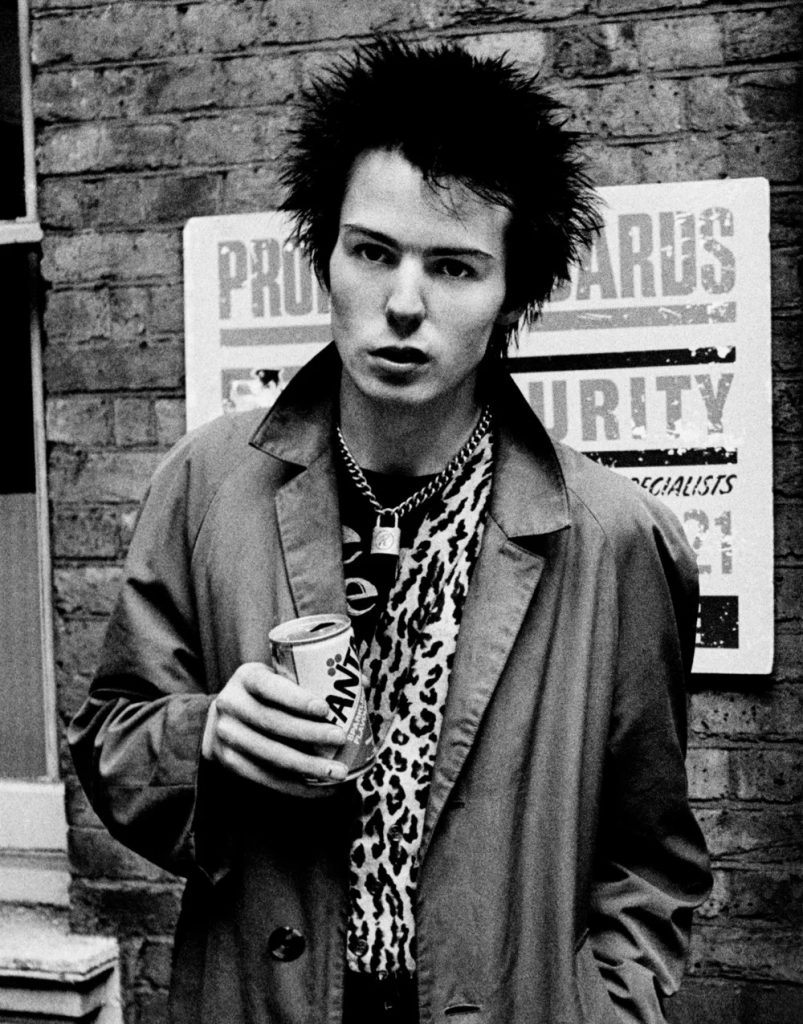
Sid Vicious from the Sex Pistols. Photo: Getty Images -
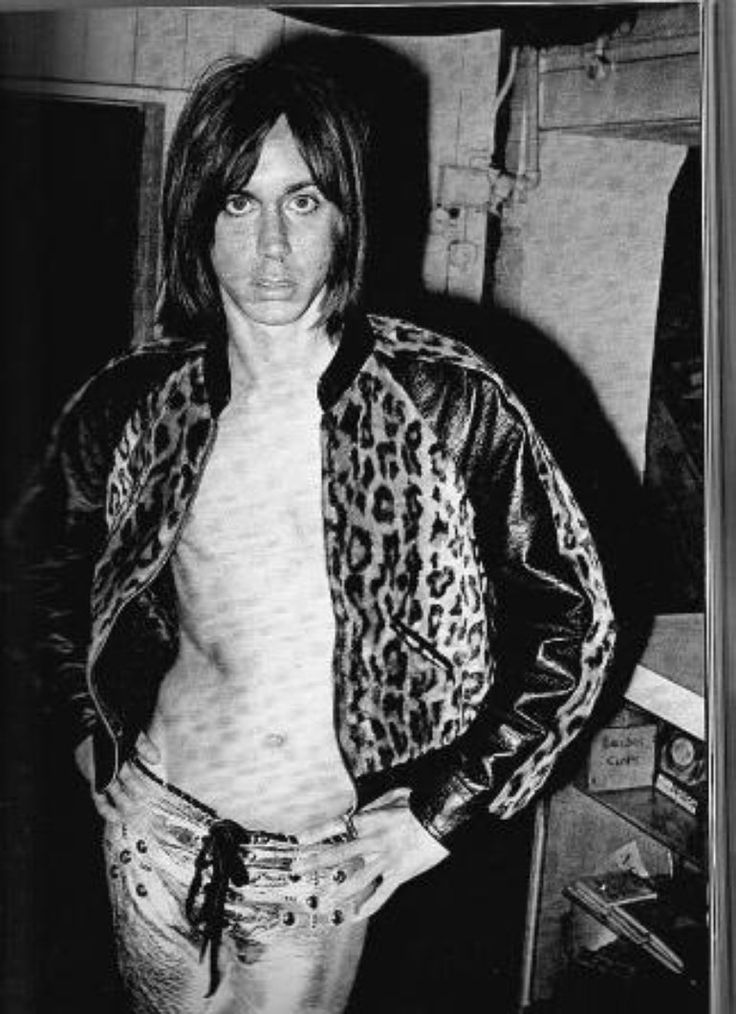
Iggy Pop. Photo: archive -
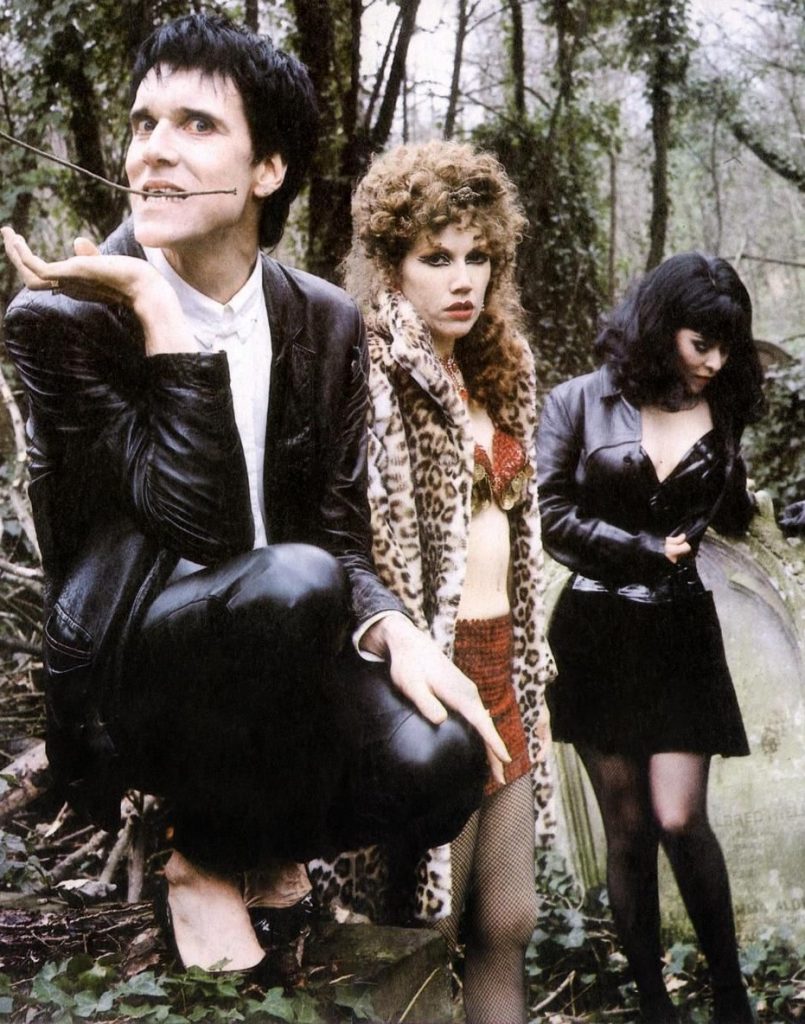
Poison Ivy by The Cramps. Photo: archive
In the 1970s, the perception of leopard print changed radically. It was no longer associated with power and luxury, everything was the opposite. The “predatory” print was literally monopolized by representatives of rock music. Iggy Pop, David Bowie, Sid Vicious from the Sex Pistols and Poison Ivy from the Cramps all wore leopard print clothes to show their rebellious spirit. The print became part of an aesthetic that completely refuted traditional gender ideas about femininity and masculinity. Later, Blondie’s lead singer Debbie Harry and, of course, Kurt Cobain included this pattern in their visuals. We think everyone remembers the image of her in a worn leopard fur coat.
-
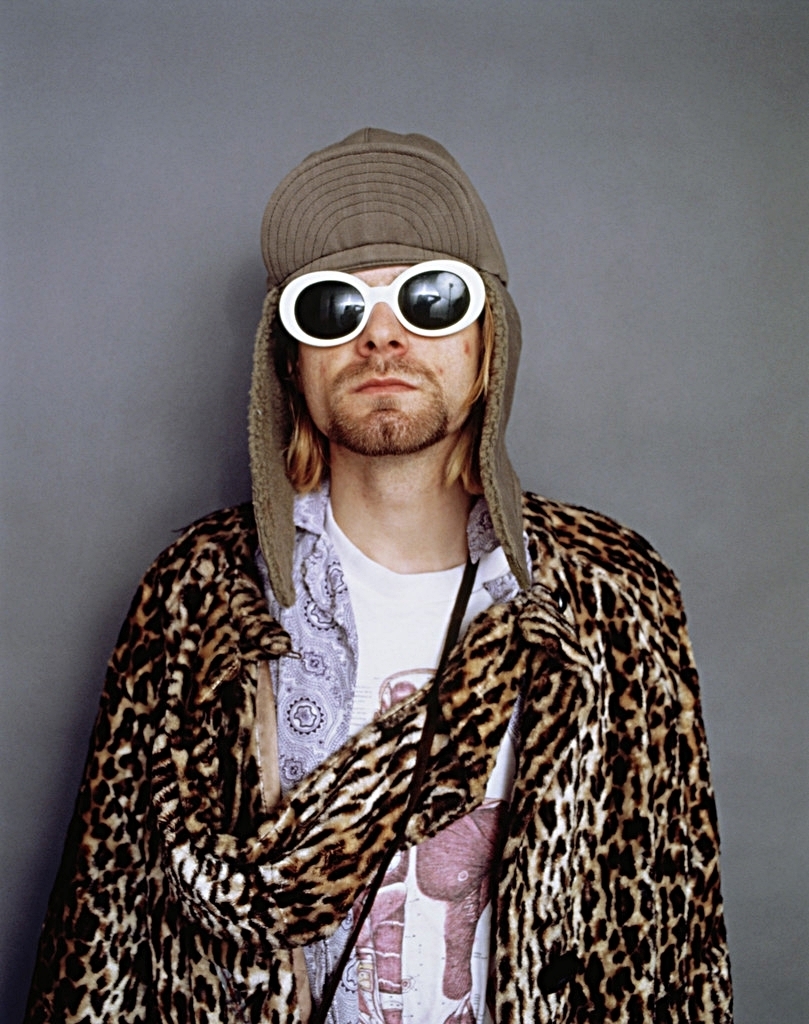
Kurt Cobain. Photo: Getty Images -
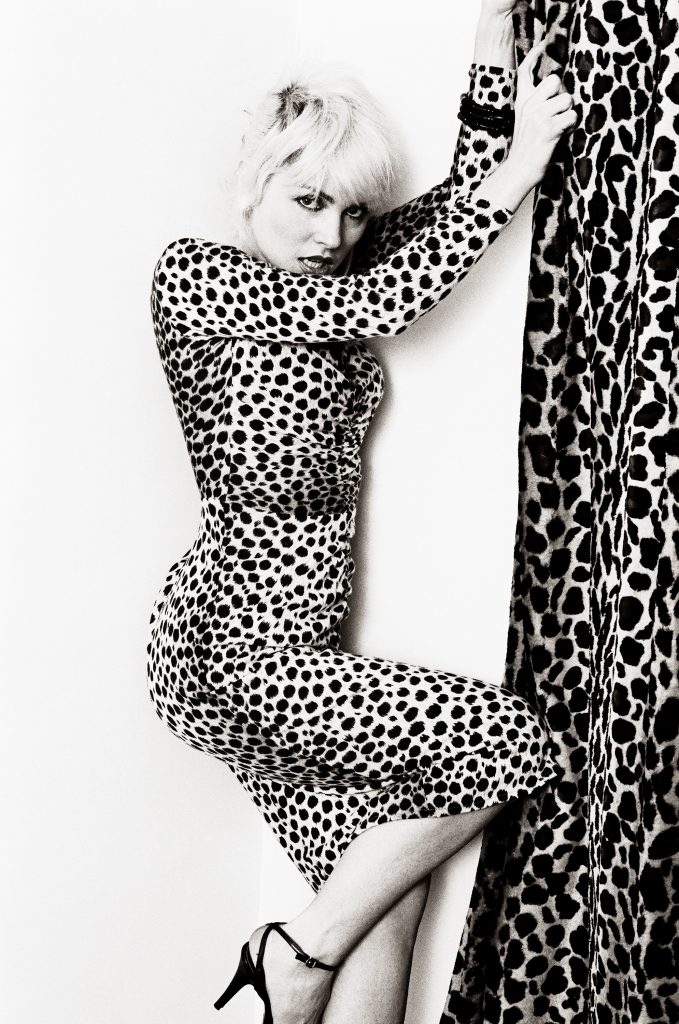
Blonde singer Debbie Harry. Photo: social networks
Punks also used this print. True, they interpreted it a little differently. The leopard, which by the 1970s was associated with bad taste, fits very harmoniously into the idea of rebellion against society and its demands.
Lately
When: zero
-
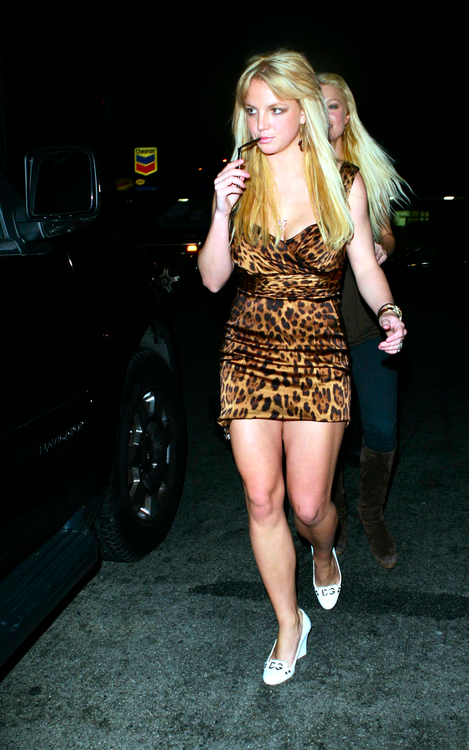
Britney Spears. Photo: social networks -
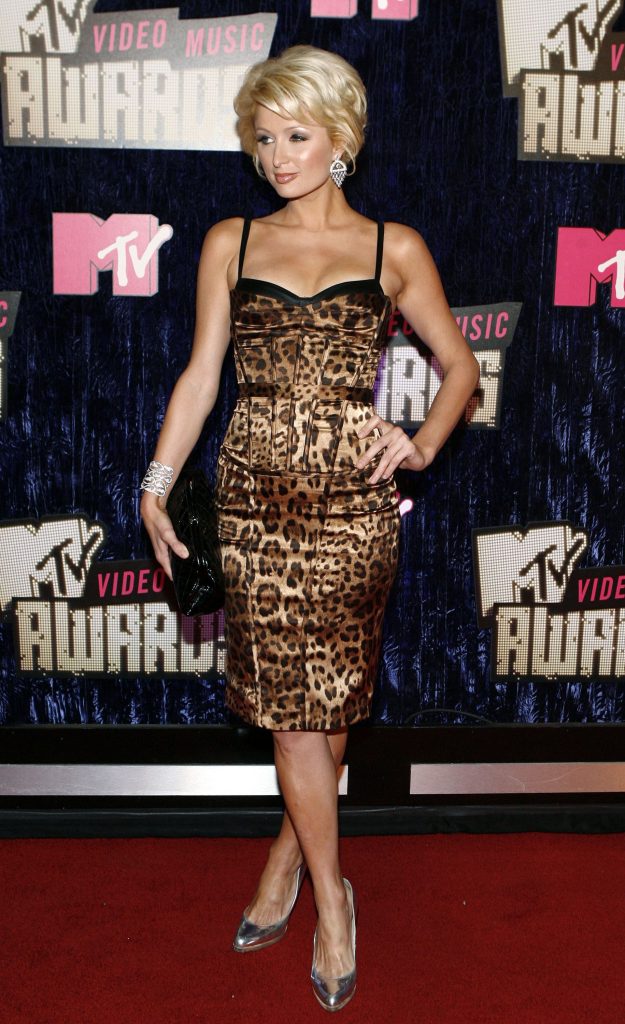
Paris Hilton. Photo: Getty Images -
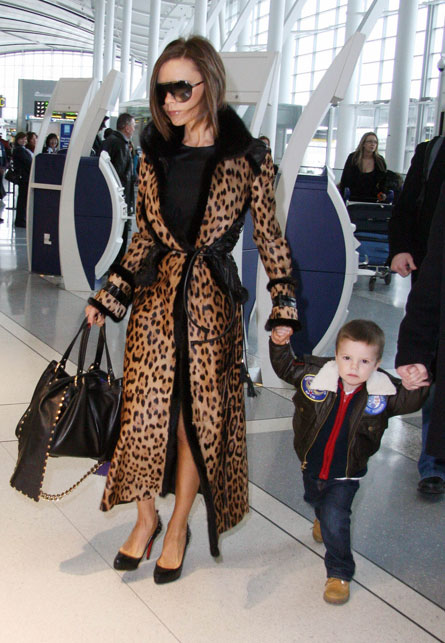
Victoria Beckham. Photo: Getty Images
In the 2000s, bright animal prints began to be associated with ostentation. Girls heavily painted their lips with pearlescent gloss, wore extremely low-rise jeans and, of course, did not forget about a tight leopard top or blouse. Then Dolce & Gabbana took the lead among designers. Almost every girl dreamed of products from the brand with such a pattern. And A-list stars are much more likely to choose the “animal” look for the red carpet of the most prestigious awards.
Right now
When: 2020s
-
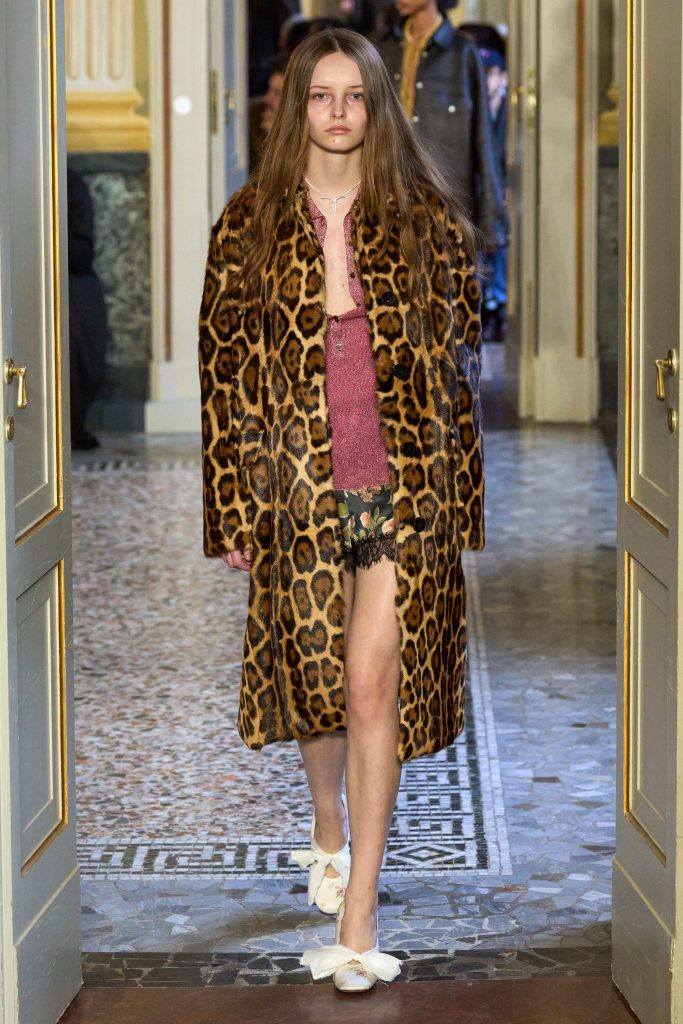
Blumarine Fall 2024 -
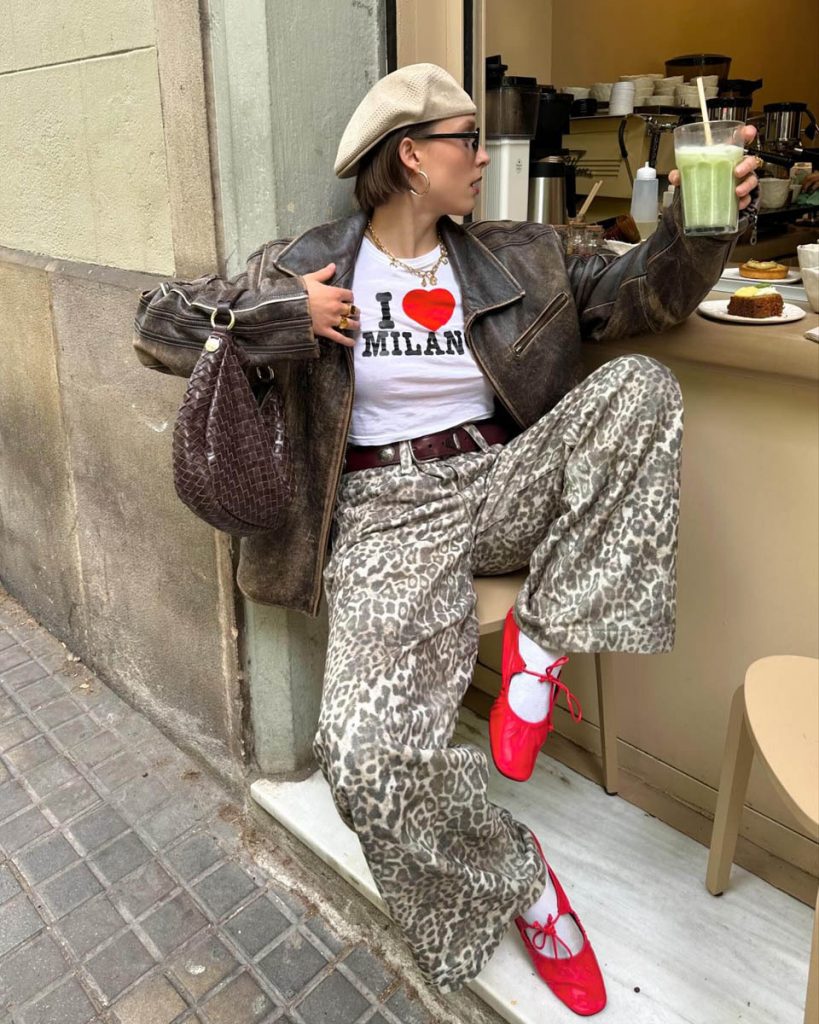
Photo: social networks -
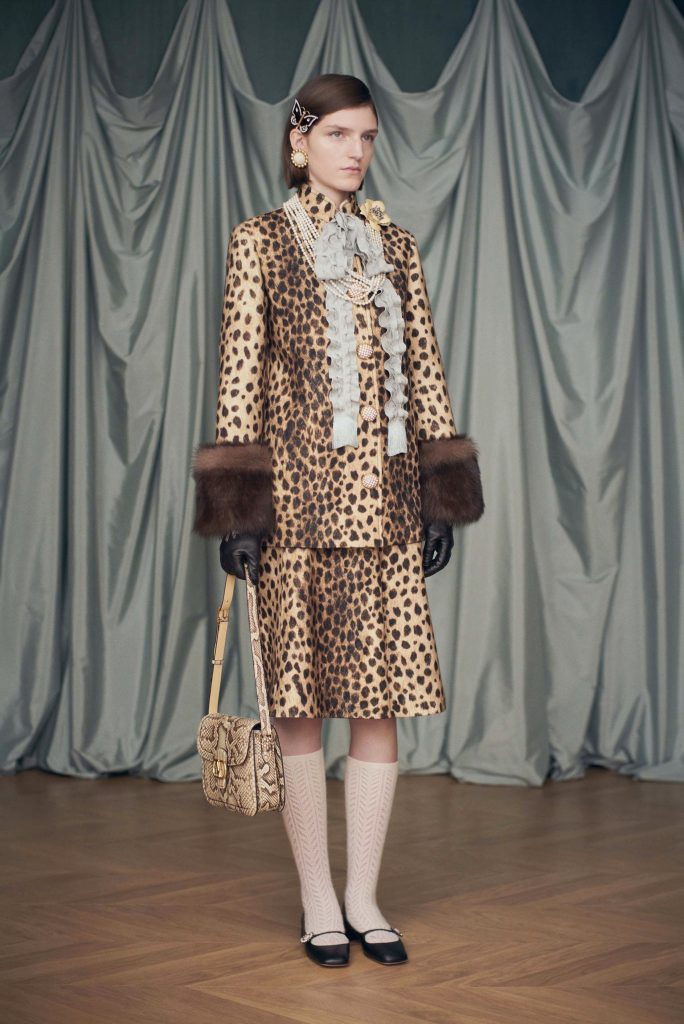
Valentino Holiday Village 2025
Everyone knows that every generation rediscovers trends and gives them new meaning. This also happened with leopard. Now designers have started experimenting again and including print in their collections. Heroes of street style and fashion influencers are also excitedly showing off their creations. By the way, the popularity of the color was also influenced by the aesthetics of the Mob Wife, which went viral last fall. Girls wore fur coats, trousers and printed shirts with great pleasure. However, leopard is now associated not with sexuality (as in the 2000s) or protest (as in the 1980s), but with female power. Fashionistas are encouraged to combine printed skirts with sneakers or sneakers, and bright shirts with loose jeans. All this is extremely sensitive to the free spirit of our time.
Source: People Talk
Elizabeth Cabrera is an author and journalist who writes for The Fashion Vibes. With a talent for staying up-to-date on the latest news and trends, Elizabeth is dedicated to delivering informative and engaging articles that keep readers informed on the latest developments.

